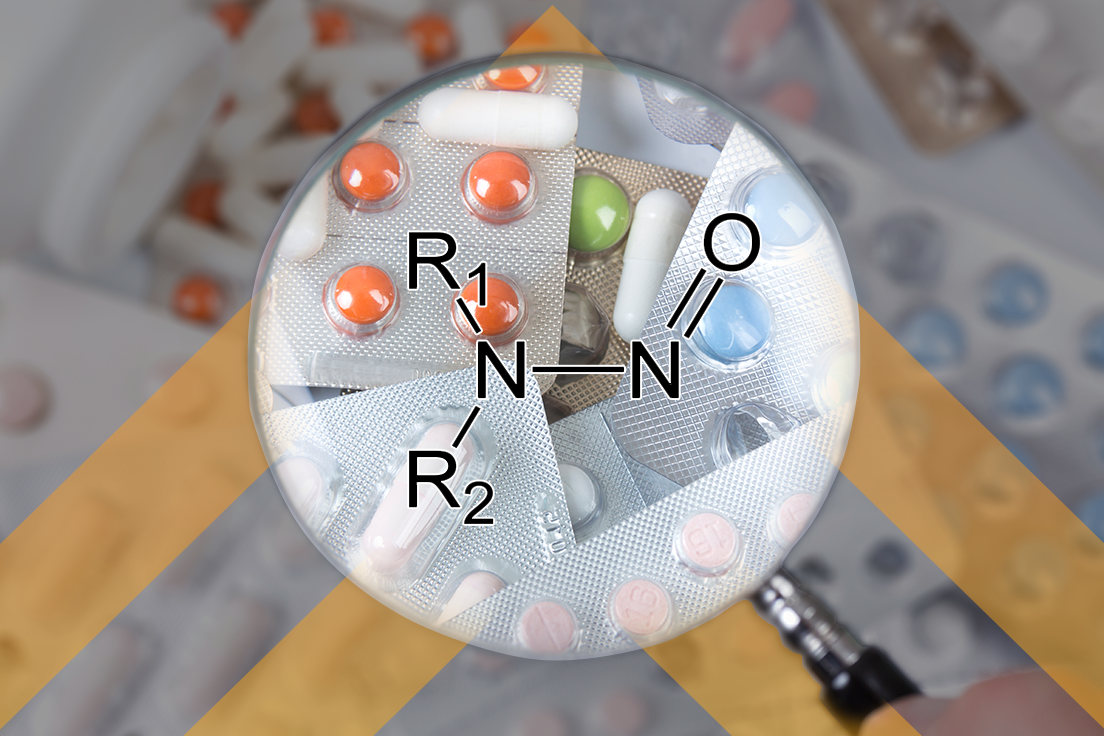The session on nitrosamine impurities was held during the final breakout session on Wednesday morning during the final day of the conference. This session had the largest panel by far of those assembled on any topic presented at the conference, with 15 total panelists including the session moderator! It was even more difficult than usual to pack in key points and convey meaningful information when the session was unexpectedly cut back to 80 minutes, but there was a valiant attempt to allow everyone to speak and offer their view.
There were four presentations from the FDA with Dr. Naomi Khrulak, Dr. Andre Raw, Dr. Dongmei Lu, and Dr. Lian Zhao presenting from the FDA. Dr. Khrulak reviewed the new Nitrosamine Drug Substance Related Impurities (NDSRI) guidance published in August of this year and the accompanying webpage as available here and here. She also discussed the scope of the guidance and walked the audience through use of the Carcinogenic Potency Categorization Approach (CPCA) and confirmed that the FDA was committed to updating the webpage as science progressed. Dr. Raw presented next and focused on the impacts of NDSRIs on product quality. His presentation reviewed where and how NDSRIs can occur and stressed the importance of including these nitrosamine impurities in the risk assessment for all drug substances and drug products. He also confirmed that, for pending applications, the FDA will need to see a risk assessment and confirmatory testing with a control strategy included in the application or data to justify higher limits, but the already-approved applications had until 2025 to make changes, as noted in the guidance. Drs. Lu and Zhao presented on the work that FDA has been doing to determine possible impacts of using some antioxidants recommended in the earlier Nitrosamine guidance (here) on the ability to determine bioequivalence if a formulation change may be necessary. The FDA was looking at the impact on intestinal permeability of BCS class III drugs and the effects on intestinal drug transporters with both studies showing little impact. Both speakers noted that in vitro studies and PBPK modeling studies have the potential to demonstrate bioequivalence (BE), as do other novel approaches that do not require in vivo BE data and that FDA is open to considering all options.
The four industry presenters focused on the challenges that were not adequately addressed with the NDSRI guidance and the opportunities for continued discussion and collaboration among FDA staff and other industry groups. The main points were allowing the use of a less-than-lifetime approach for some drugs, the low analytical thresholds needed for low maximum daily dose drugs, the lack of information and feedback on filing strategies to approach FDA with alternative limits, as well as the challenge of the extended timelines for companies with a broad portfolio of products. The issues of data prioritization and assessment prioritization were not addressed in the guidance but also remain as challenges to be overcome as is the issue of anonymizing or otherwise sharing testing data and the need for continued collaboration to move the science forward. The remaining panelists offered some key points such as Rebecca Cambronero, the representative from USP who mentioning the nitrosamines exchange platform where two community members had created and provided an Excel sheet to assist with using the CPCA and that USP is developing a risk assessment tool. FDA panelists confirmed the willingness of the shortage staff to assist application holders and to reach out to them in meetings or controlled correspondences to propose alternative limits and approaches to demonstrate BE. There were also signs of progress mentioned in a recent FDA letter sent to an applicant with an NDSRI deficiency where the FDA agreed that in the interest of public health that they would classify the response amendment to be MINOR to allow for a shortened review in this or any subsequent review cycle. This is fantastic news and the first sign of progress on pending applications since the NDSRI guidance was published.
It was a jam-packed session for all 80 minutes with little time for audience questions, but nearly everyone on the panel emphasized the need for continued collaboration to push the science forward. Collaboration and cooperation were key themes throughout the conference and are important in the visualization and realization of shared goals. There is no more noble shared goal than to protect and promote public health and support access to safe and effective medications. We can do this if we all work together and continue to share knowledge and support cooperation! (And maybe have fewer panelists or a longer session time for this topic at GRx+Biosims next year as this will likely continue to be a subject of interest for the foreseeable future.)
If you need help incorporating NDSRIs into your nitrosamine risk assessments or crafting a regulatory strategy to address nitrosamine impurities, we can help. Contact us at LCS@lachmanconsultants.com.



